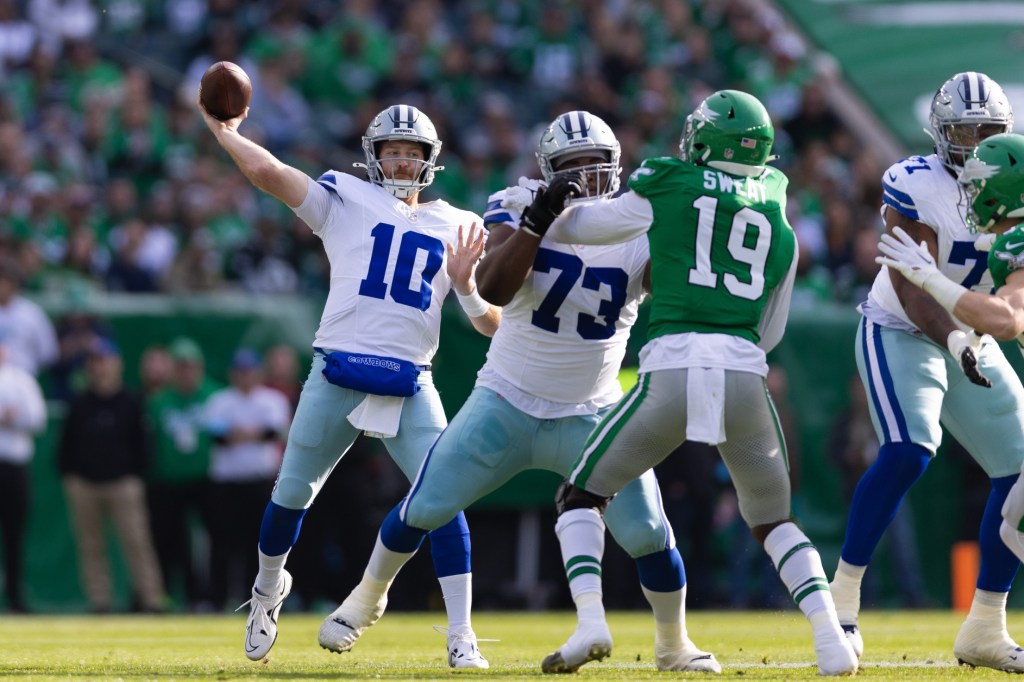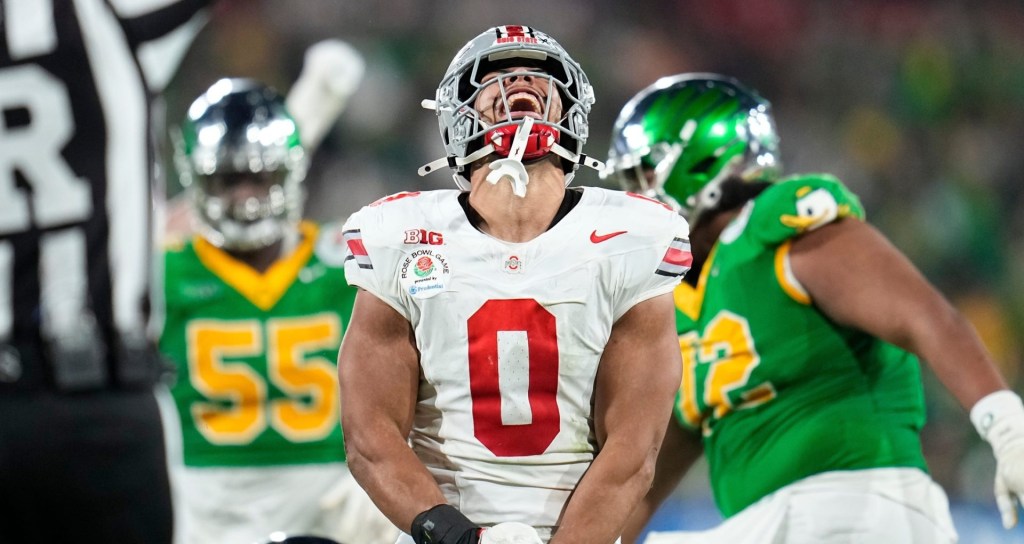Shortly after winning the national championship, Jim Harbaugh left Michigan for the NFL, taking the top job with the Chargers. Washington’s head coach, Kalen DeBoer, headed to Tuscaloosa after Alabama’s Nick Saban announced his retirement. Jedd Fisch left Arizona to take DeBoer’s spot. Last Friday, UCLA’s Chip Kelly took the offensive coordinator position at Ohio State. And on and on and on.
Coaches, unlike players, have no restrictions for their own “transfers”—and not even eight-figure buyout clauses have stopped them from leapfrogging at the last second. Thirty coaches have changed jobs this year, according to The Athletic—more than in any offseason in the past 12 years.
The carousel has a ripple effect: Well over 2,000 Division I football players have entered the portal since Aug. 1, 2023, according to On3—just 400 or so fewer than last year. And there’s still another 15-day window to go. The NCAA shortened transfer windows this year to ease some of the chaos, but that doesn’t appear to have helped much. Football coaches across the country have lamented the difficulties that transfer restrictions pose on roster management. But in college football, the coaching carousel is as much to blame as any other factor that contributes to players seeking greener pastures.
“The coaching carousel has a profound impact on the transfer portal, as it creates a domino effect of player movement and roster changes,” says Kurt Roth, the founder of the New Mexico–based NIL company 505 Sports Venture Foundation, which helps New Mexico athletes navigate NIL. “While many spectators and pundits blame their [team’s] perceived problems with the transfer portal on NIL activities, the ability of coaches to move around is arguably the bigger contributor to player transfers.” (UNM players saw their own coaching change this December: Danny Gonzalez was fired and replaced by Bronco Mendenhall.)
The portal has been around since 2018, but it didn’t become controversial until ’21 when the NCAA changed its transfer rules to allow players to transfer at least once without consequence. Now players have two short windows throughout the year to enter: one 30-day window in December and January, and another 15-day window in April. (Players who have already transferred once don’t get an unrestricted opportunity to leave again, per NCAA rules, though a recent court decision has ended that restriction at least for the rest of the year.)
But those timing restrictions go out the window if a head coach is fired, retires, or leaves the program for another job. All the players on the team immediately become eligible to transfer for a period lasting 30 days.
Because of the 30 coaches who have switched jobs, 2,550 scholarship players are eligible—and that’s not including walk-ons. More than a dozen Alabama players and a dozen Washington players entered the portal in the days following the news that their coaches were leaving, despite the fact that both teams were national championship contenders last year. Those players ultimately can opt to stay, but in the meantime it’s likely that they also engage in a negotiation process with their coaching staff and NIL collective. Coaches like Georgia’s Kirby Smart have admitted that they’re spending just as much time and effort retaining their existing roster as they do adding to it.
The self-inflicted mayhem doesn’t stop when a new coach arrives on campus, however. Some coaches essentially force players into the portal with the intention of replacing them with new recruits or players from the coach’s previous program—straight from the portal.
Perhaps the most drastic example: Deion Sanders’s Colorado Buffaloes. When Sanders arrived in Boulder in 2023, he quickly cut 40–50 players from the team—close to half the roster. Twenty additional players left of their own accord. Ultimately, the team he fielded in the fall had 84 new names. (Sanders himself has criticized the transfer portal process despite his own contribution to the upheaval.)
Between the current momentum of lawsuits attacking the NCAA’s transfer and NIL restrictions—and the NCAA’s unwillingness to follow the lead of professional leagues in finding legal ways to create restrictions, like collective bargaining—there seems to be no end in sight to the chaos. But coaches do have the power to ease the transfer portal chaos a little bit. All they have to do is slow down their own “coaching portal.”

















